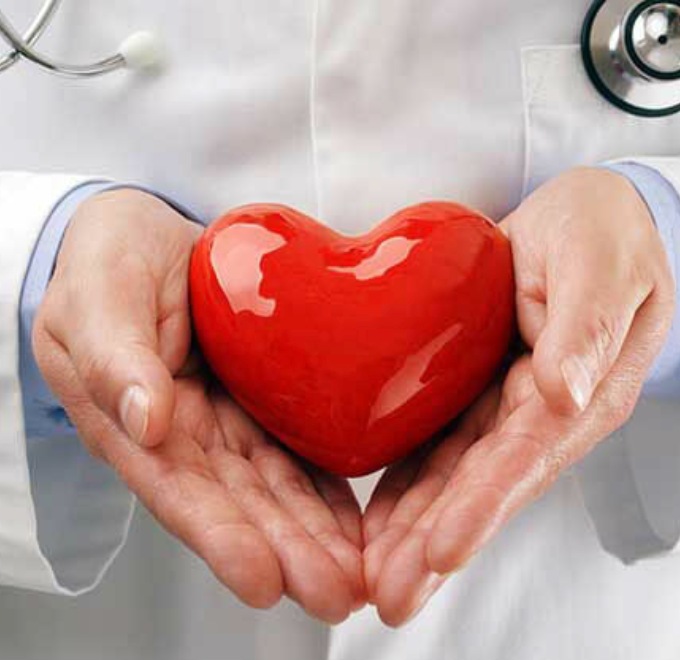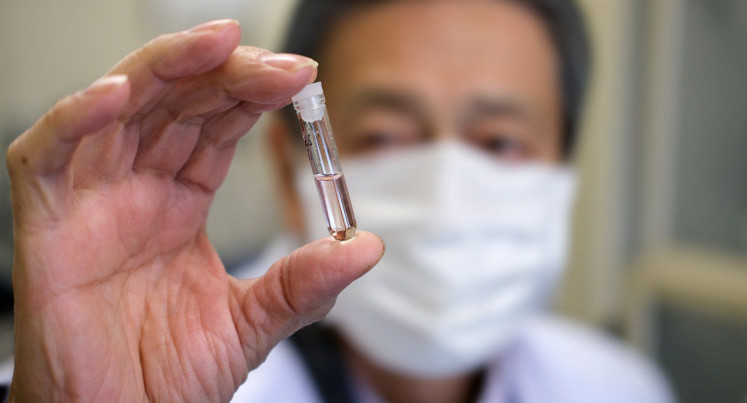The liver is one of the most important organs in the human body, responsible for various functions such as digestion, metabolism, and immunity. However, problems such as liver disease, cirrhosis and jaundice are common. This article will detail the causes, symptoms, prevention and treatment of these diseases.
1. Liver disease
The causes of liver disease are diverse, including viral infections, alcohol, drugs, metabolic abnormalities, etc. These factors may cause damage to liver function and affect human health. Common liver diseases include hepatitis, fatty liver, cirrhosis, etc.
Symptoms of liver disease mainly include fatigue, loss of appetite, nausea, bloating, etc. As the disease progresses, patients may develop symptoms such as jaundice, bleeding, and ascites. The key to preventing and treating liver disease is to detect and treat the primary disease early to avoid worsening of the condition.
2. Cirrhosis of the liver
Cirrhosis is a chronic liver disease in which normal liver cells are replaced by scar tissue, resulting in damage to liver structure and function. The causes of liver cirrhosis mainly include hepatitis, alcoholic liver disease, drug-induced liver disease, etc.
Patients with liver cirrhosis may have no obvious symptoms in the early stages. As the disease progresses, they may develop symptoms such as fatigue, loss of appetite, and abdominal distension. In the later stages of cirrhosis, patients may develop serious complications such as liver failure, jaundice, bleeding, and ascites.
The diagnosis of cirrhosis usually requires liver function tests, imaging tests such as B-ultrasound and CT, and liver tissue biopsy. Treatment of liver cirrhosis mainly includes etiological treatment, hepatoprotective treatment, anti-fibrosis treatment, etc. Among them, treatment of the cause is the key, such as quitting alcohol and treating hepatitis.
3. Jaundice
Jaundice refers to the symptoms of yellowing of the skin, mucous membranes and sclera. There are many causes of jaundice, including hepatocellular jaundice, hemolytic jaundice, cholestatic jaundice, etc. Cirrhosis of the liver is one of the common causes of jaundice.
The main symptoms of jaundice are yellow staining of the skin, mucous membranes and sclera, which may be accompanied by symptoms such as fatigue, loss of appetite, nausea, and abdominal distension. Long-term repeated attacks can also cause symptoms such as anemia, weight loss, indigestion, and loss of appetite.
To treat jaundice, we must first identify the cause and treat it accordingly. Secondly, light therapy, drug therapy, dietary therapy and other means can be used to improve symptoms. In severe cases, surgical treatments such as liver transplantation may need to be considered.
4. Liver diseases and cirrhosis
Liver disease is one of the main causes of cirrhosis. Many liver diseases, such as hepatitis and fatty liver, may develop into cirrhosis if not treated in time.
Cirrhosis can lead to decreased liver function or even failure. This is mainly because when normal liver cells are replaced by scar tissue, the metabolism, detoxification, immunity and other functions of the liver are seriously affected. Therefore, prevention and treatment of liver diseases are of great significance to prevent the occurrence of cirrhosis.
5. Cirrhosis and jaundice
Patients with cirrhosis often develop symptoms of jaundice. This is because in cirrhosis, bile secretion in the liver is reduced or bile flow is blocked, resulting in increased bilirubin levels in the blood, causing jaundice.
Jaundice is an important sign of deterioration in patients with liver cirrhosis, and is also an important indicator for doctors to evaluate the condition of liver cirrhosis. For patients with liver cirrhosis who develop jaundice, timely treatment measures need to be taken, including treating the cause and improving liver function.
6. Treatment measures
Treatment of liver disease, cirrhosis and jaundice requires a comprehensive approach. Here are some of the main treatments:
TCM treatment: TCM believes that liver disease, cirrhosis and jaundice are all related to liver qi stagnation. Therefore, when using traditional Chinese medicine for treatment, the main treatment principles are soothing the liver and relieving depression, activating blood circulation and removing blood stasis. In addition, traditional Chinese medicine can also improve liver microcirculation and promote liver cell regeneration and repair.
Western medicine treatment: For liver diseases and cirrhosis, Western medicine treatment mainly includes etiological treatment, liver-protective treatment, etc. For jaundice, light therapy, drug treatment, etc. can be used. If the condition is severe, surgical treatments such as liver transplantation may be considered.
Diet therapy: Diet therapy plays an important role in the treatment of liver disease, cirrhosis and jaundice. Patients should follow a high-protein, low-fat diet and avoid drinking alcohol and spicy food. In addition, proper vitamin and mineral supplementation can also help improve the condition.
Summarize
Liver disease, cirrhosis, and jaundice are common liver problems. The occurrence of these diseases is closely related to factors such as lifestyle habits and unhealthy diet. For these diseases, early detection and timely treatment are crucial. In daily life, we should pay attention to protecting the liver, avoid excessive drinking and drug abuse, and maintain a healthy lifestyle and diet to prevent the occurrence of these diseases.


